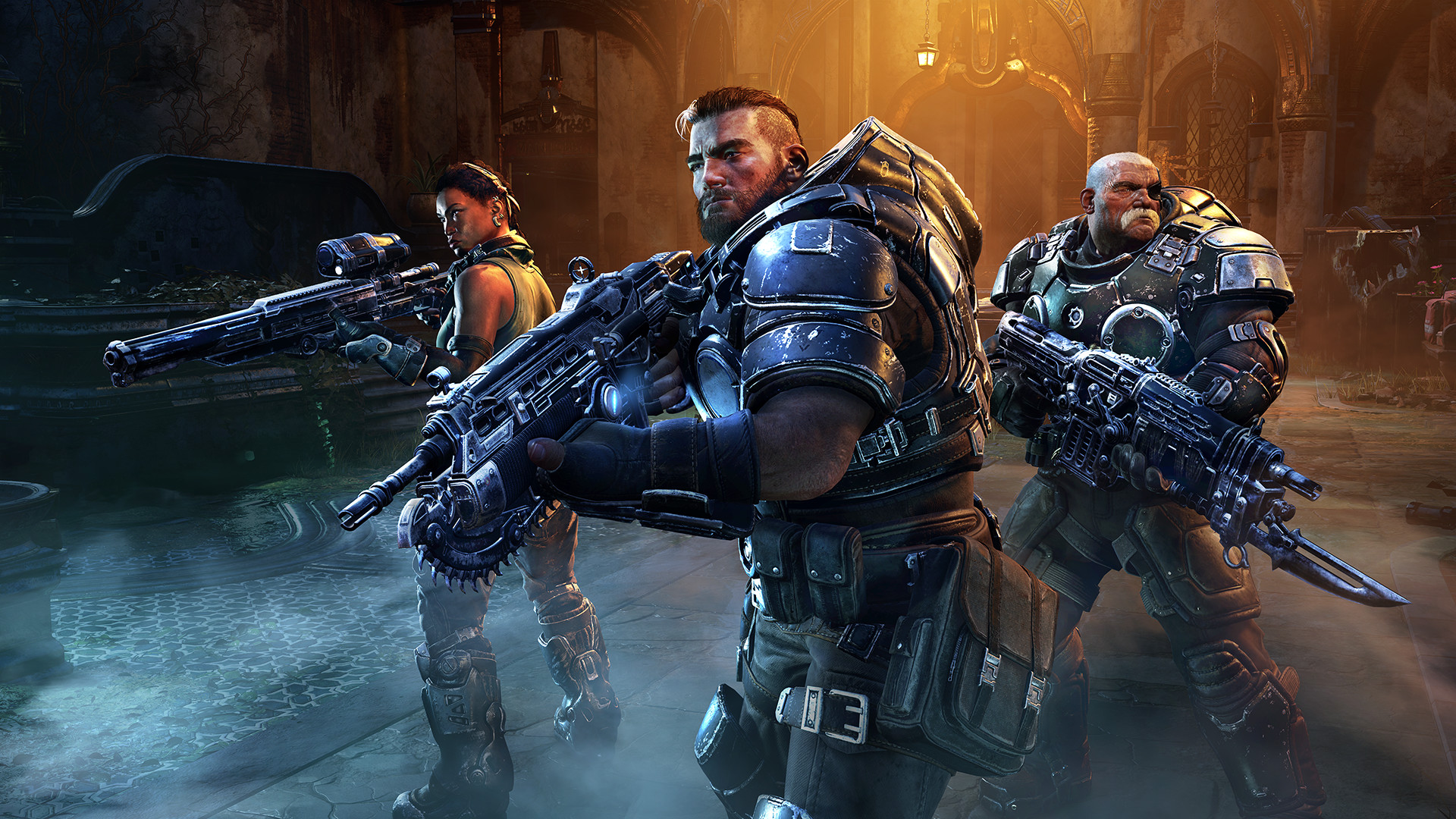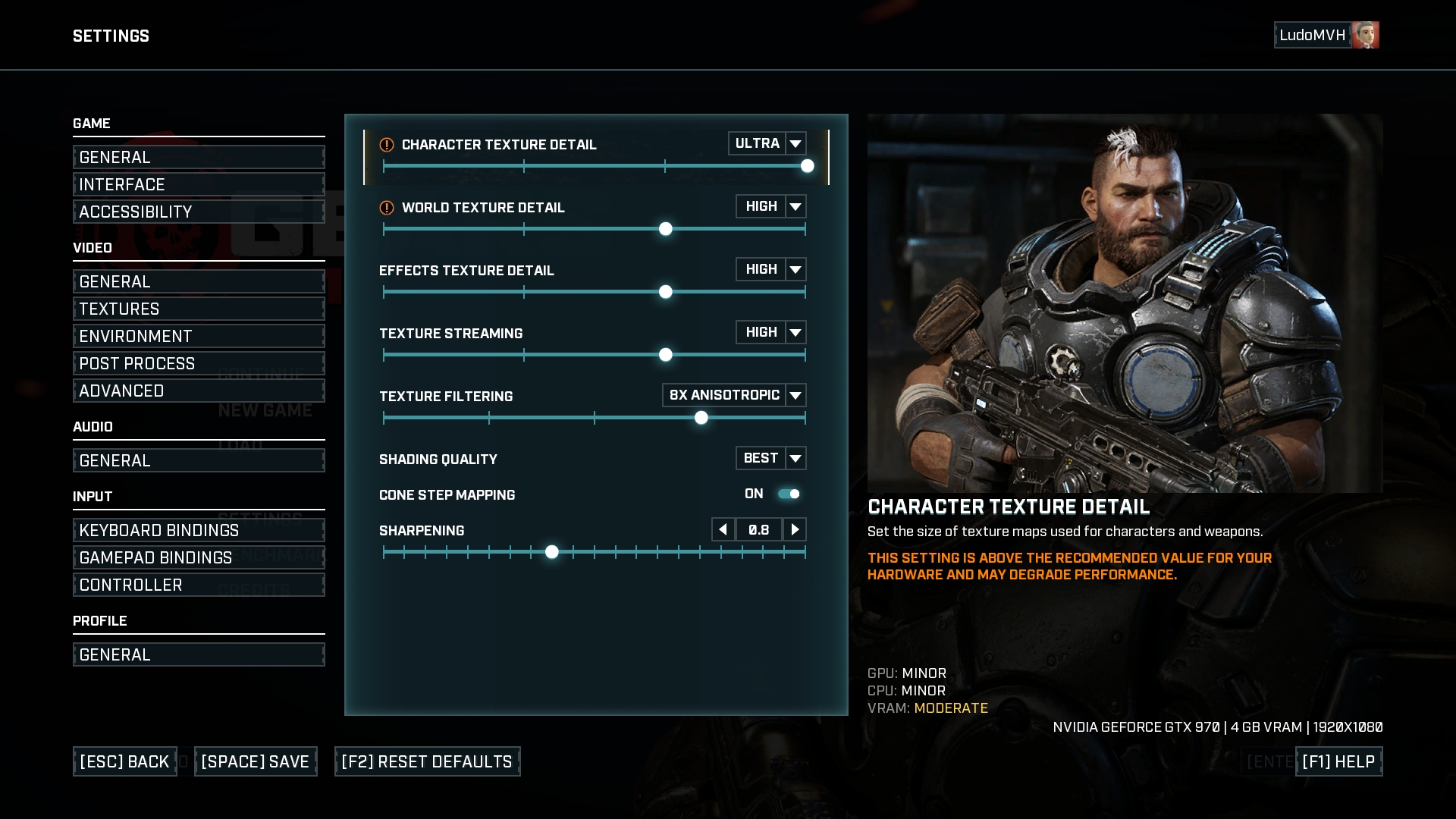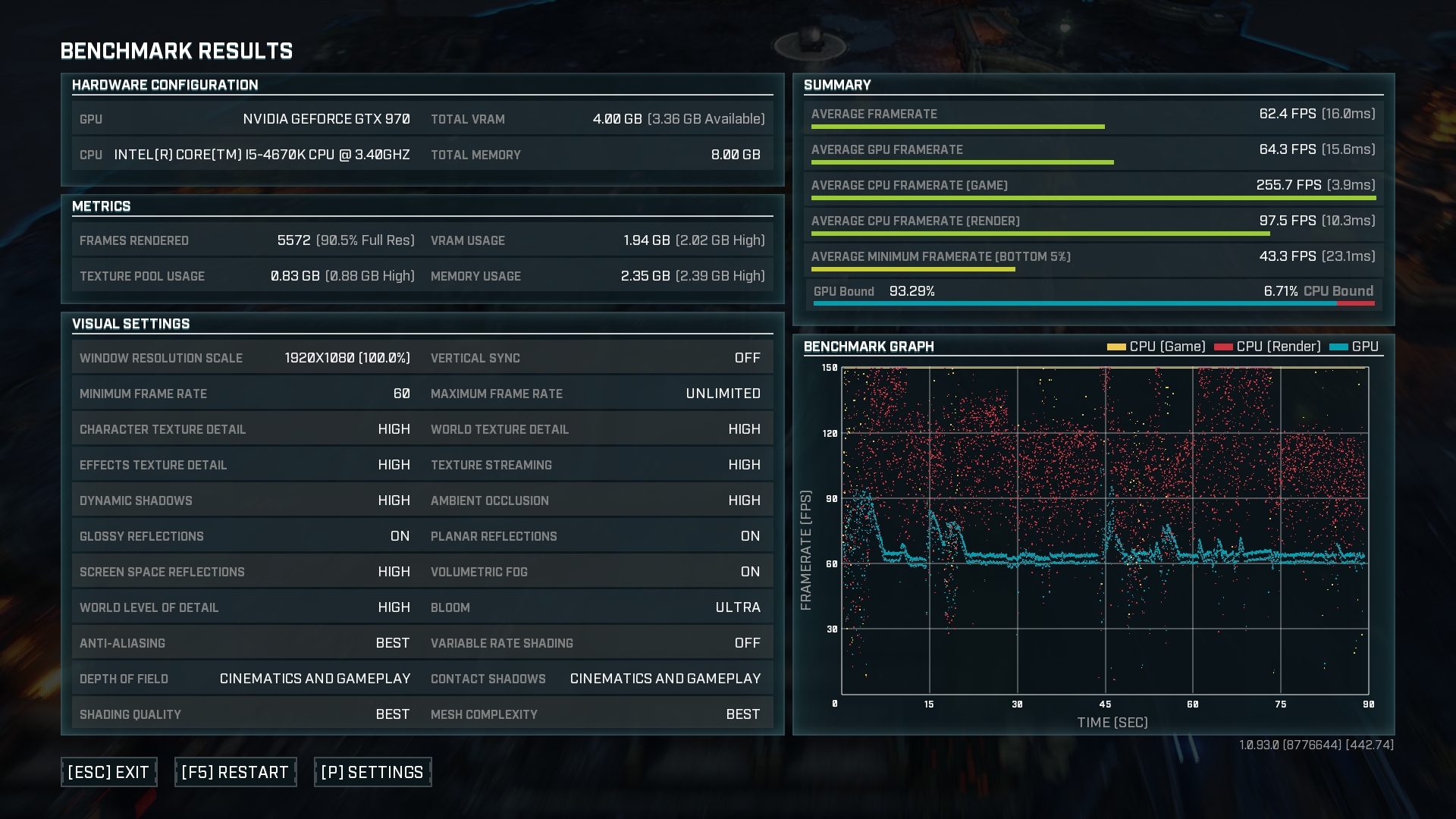Gears Tactics has the best graphics option menus I've ever seen and every game should copy them
Maximum information. Maximum control.

One of the great things about PC gaming is that you get to tailor your experience to your precise tastes. Some prefer high framerates and smooth performance, others want to see every texture at maximum detail.
Gears Tactics is a very good XCOM style strategy game with very high production values by the genre's standards. You can also tailor the way it looks and runs with excellent precision thanks to some of the best options menus I've seen. They don't just offer a good quantity of customisable settings, they display the information in a clear and readable fashion that I wish I could see in every game.
Here's what Gears Tactics gets right.
Visual previews
As you change parameters the game gives you a preview image at the top right of the screen, which alters to reflect the result of the changes you've made. I can clearly see, instantly, what visual reward moving to ultra character textures will give me, and then I can decide whether I want to sacrifice performance for that effect. It's such a simple feature, but in so many games you have to keep loading in to see the results of graphical changes you've made. What a pain.
Jargon-busting descriptions
"Planar reflections" sound cool but what the hell are they? In addition to visual previews every setting has a clearly written sentence explaining what it is, and what it does to the game. This makes it easier to adjust settings to your particular tastes as well. You might be bothered by high levels of bloom without realising that it's the bloom setting that's causing the effect you don't want. The same goes for lens flare and motion blur, which some players find annoying.
Notched sliders

The problem with dropdown menus is that you can't see how many degrees there are to the setting until you click. One setting might have eight options, another might have three, but you can't see it all laid out in front of you. That's where notched sliders win. I can look at the whole options screen and instantly see which settings I'm choosing to push harder than others. Gears has dropdown menus too, in case you prefer them.
GPU/CPU load information
Gears Tactics, like many games these days, is good at reading your PC and automatically producing a suite of settings that ought to guarantee a stable framerate. In my experience Gears Tactics is a well-optimised game anyway, particularly when it comes to framerate consistency. Plunging FPS dips massively affect the way a game feels, and the game shows a narrow gap between max FPS and min FPS over a set benchmarking period. That should feel nice and smooth.
Keep up to date with the most important stories and the best deals, as picked by the PC Gamer team.
When the game isn't running optimally, the main thing I want to know is where the bottleneck is. Every setting in Gears Tactics estimates the GPU, CPU and memory load of a given effect, which gives you the information you need to tailor settings to your particular PC setup. I have a GTX 970 with 4GB of VRAM—a solid workhorse for years, but a mid-tier card in 2020. If I immediately see that a setting puts a lot of strain on that limited VRAM cache I can bring it down and focus on other settings I might want to improve instead. This takes a lot of the annoyance out of tweaking settings on a trial and error basis.
Quick and detailed benchmarking

Look at that beautiful graph. This is everything I want to see when I benchmark a game. It shows me exactly how the game is putting load on my components which, again, is useful for spotting bottlenecks. In this example I want to bring that average minimum framerate up, so maybe I'll knock some of those 'best' settings down to 'high'.
Also this is cool too
Aside from very good menus, Gears Tactics has a fantastic RGB profile. When turns start relevant shortcut buttons light up. When characters fire, the whole RGB setup flashes along with the bullets. It's the best RGB implementation I've seen in ages.
And yeah, I know, I need to clean my keyboard.
Part of the UK team, Tom was with PC Gamer at the very beginning of the website's launch—first as a news writer, and then as online editor until his departure in 2020. His specialties are strategy games, action RPGs, hack ‘n slash games, digital card games… basically anything that he can fit on a hard drive. His final boss form is Deckard Cain.


